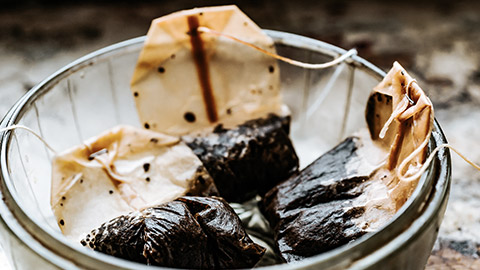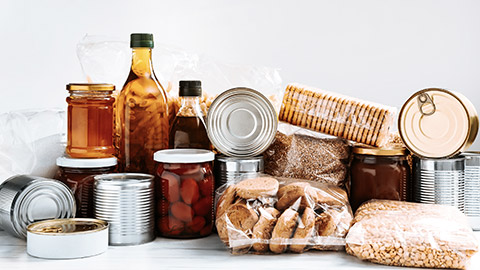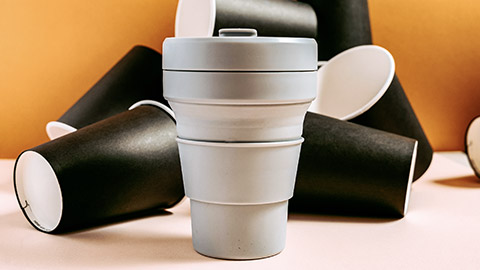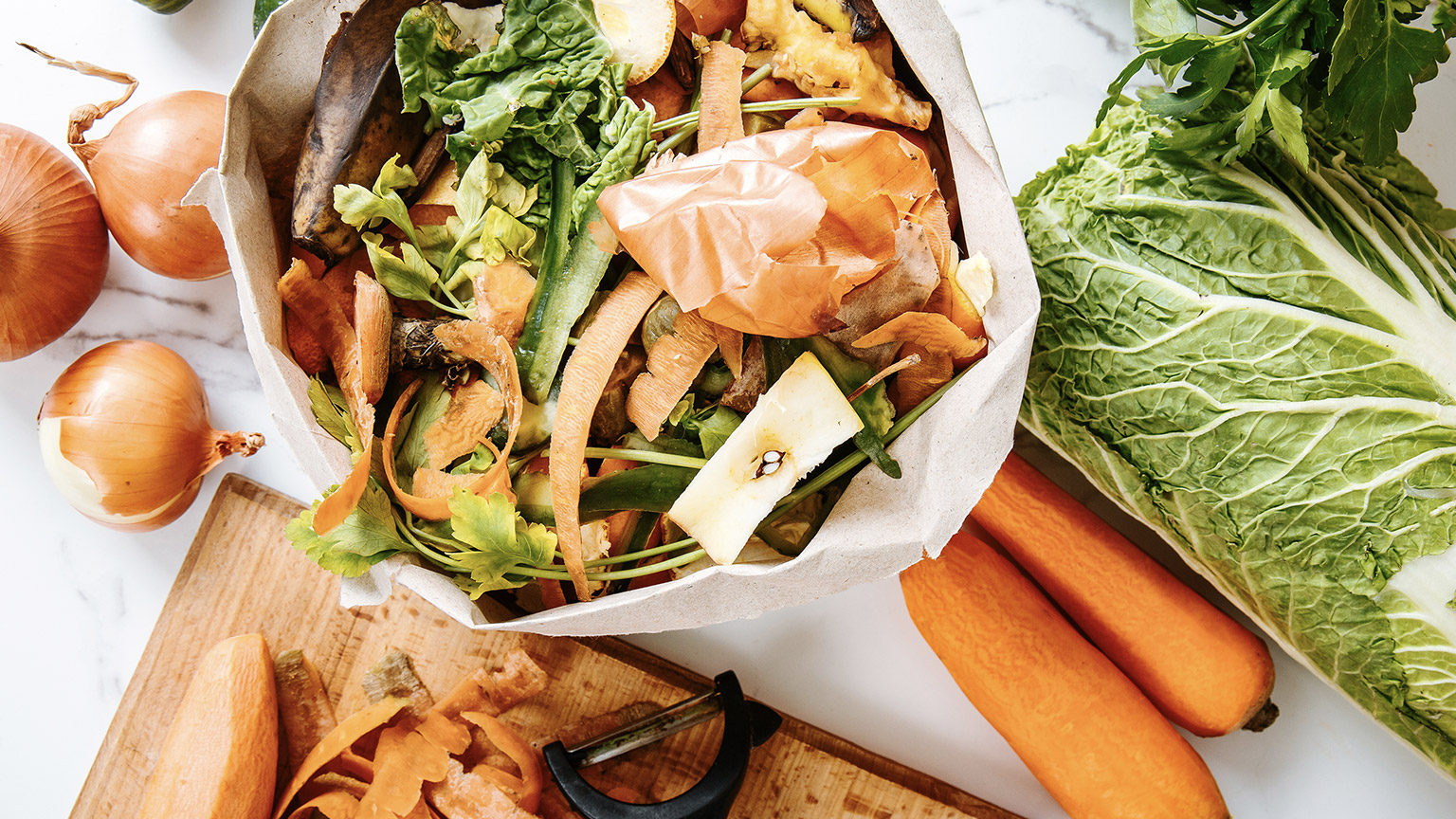This week will cover the ways we can reduce the amount of waste in our kitchens. Understanding these concepts will save your organisation money and contribute to sustainability in your kitchen.
Packaging plays a vital part in the food industry – from delivering fresh and safe food ingredients to our kitchens through to serving the customer a meal in a convenient and easy-to-carry form, packaging is indispensable. However, the excessive use of plastics is the cause of many environmental problems.
In Task 2 you will think about practical ways to reduce waste through packaging and disposables, but first we need to examine the scale of the problem.
The following video will provide an overview of the use of disposables and packaging in hospitality.
Watch
Exercise 17
Consider the following questions and write your answers in your journal.
- How is packaging used in a hospitality operation? Think of how supplies are delivered, how ingredients and mise en place are stored and how takeaway food is handed to customers.
- What is the purpose of the packaging in each case? How necessary is it?
- What types of packaging have you noticed in your jobs? Was it being used in a responsible way?
Self-Directed Learning
Can you compost tea bags? Are tea bags made of biodegradable materials? Early tea bags were all made from natural fibres and were completely biodegradable but nowadays this is not always the case.

Research this topic. Find out what materials tea bags are made from and how they are constructed (including the sealing and attachment methods).
Summarise your findings and make recommendations for the hospitality industry about products to use, disposal methods etc. Write your ideas in your journal.
Whilst packaging comes in many different forms, plastic is by far the most widely used material. Plastic pollution has become a major environmental problem, with the volume produced overwhelming our ability to deal with it.

Exercise 18
Read the WWF Report 2019 and the Nat Geo article (available in MS Teams) about Plastic Pollution. Use the reports and any other resources you have found, to answer the questions in your journal.
- What is plastic made from?
- What are some of the benefits the development of plastics has brought to our daily lives?
- What are some examples of single-use plastics? Why are these considered to be such a big problem for the environment?
- What factors drive plastic pollution?
- There are several details about the amount of plastic waste and where it is found in the ecosystem in the article. Which of these do you find the most significant for the environment? Why?
- How has COVID impacted plastic use?
Self-Directed Learning
Watch the short video about the Great Pacific Garbage Patch.
Carry out an audit of the plastics used at your place of work (from delivery and food preparation through to storage and disposal). How many of these can be recycled? (Check the plastic identification code in the triangle underneath and find out what your local Council accepts for recycling.)

It will be helpful for you to know the materials used to make packaging, and the industries that tend to use a specific type.
Plastics
- Seven categories of plastic each have different uses and properties.
- Includes PVC, PET and Polystyrene.
Metals
- Used mainly in preserving, for example canned foods and drinks.
Glass
- Used mainly for retail beverages (bottles – beer, wine etc.) and jars.
Wood products
- Includes cardboard and paper.
- Used for transport (cartons), boxes and wrapping.
Exercise 19
Investigate each type of packaging material – what it is used for, the pros and cons etc. Summarise the main points in your journal.Self-Directed Learning
Watch the short video ‘Takeout creates a lot of trash. It doesn’t have to’. Make a note of the key messages in preparation for a class discussion led by your tutor.

Sustainably produced reusable coffee cups are a great step towards reducing coffee cup waste in New Zealand.
Coffee is an essential part of many people’s daily life – a morning pick-me-up to get us going on the way to work whose popularity has grown massively in the last couple of decades.
This is nowhere more so than right here in New Zealand, where coffee culture has justifiably become a source of national pride. New Zealand has more coffee roasters per person than anywhere else in the world and is the 13th highest consumer of coffee per capita in the world – higher than both Australia and the USA. Coffee sales are worth around $150 million a year. (Team, 2017)
With coffee having become such a big part of the “refuel on the run” food and beverage offer, the issue of disposal of waste has also become a major problem. In the UK it is estimated that almost half of all hot beverages are sold in takeaway cups – with nearly 2.5 billion being used there every year. (Reusaboo, 2020). New Zealand gets through nearly 300 million single-use cups per year. (Neville, 2020)
What are single-use coffee cups made of?
You may think takeaway coffee cups are made of paper, and you would be almost right. However, in order to hold liquid without going soggy they are lined with a plastic film and often have a plastic lid as well. This makes recycling very difficult which means that they usually go straight into landfill and become a part of the methane emission problem we previously discussed.
The same problem applies to other takeaway containers too, with to-go soft drink cups, plastic straws, takeaway containers etc. all contributing to a mountain of waste, environmental pollution and litter.
Read the article, Top 8 Problems with Disposable Coffee Cups, outlining the problems with dealing with waste from coffee cups and then do the exercise.
Exercise 20
Choose another type of disposable food container and research its use and the environmental problems associated with it. Are there alternative products which are more environmentally friendly? Are these affordable? Write your findings in your journal and save any useful links so you can reference your research in your written assessment later.
